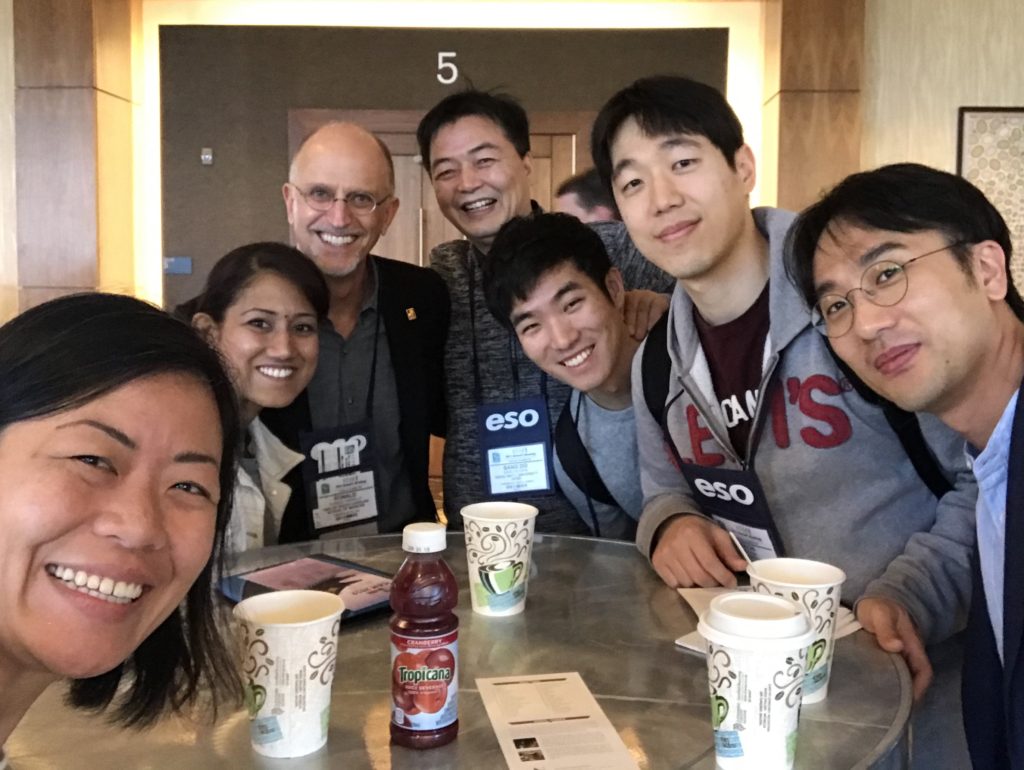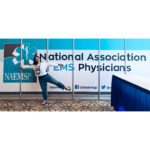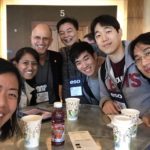NAEMSP 2019
NAEMSP is an American organization that provides leadership to promote excellence in Emergency Medical Services. This year the National Association of EMS Physicians’ medical directors conference is in Austin. Thrilled to be here, a couple of Singaporean surgeons & I snag front-row seats on Day One, armed with coffee.
So who said what? And why should we pay attention? What does it mean for Singapore’s EMS system as part of an international effort towards the best standard of care?
EMS Agenda 2050
On Day One, President of the NAEMSP, Dr David Tan shares his perspectives with the medical directors. He discusses how “EMS is a team sport” & how “relationships are everything”. Hence EMS should be people-centred. And who are these people? Besides the patients, we should consider their families, community and healthcare providers too.
Presently, Jerry Overton, President of the International Academies of Emergency Dispatch, compares various EMS systems around the world. Despite the differences, he urges us to focus on outcomes rather than output.
In summary, in building a people-centred, outcomes-based EMS of the future, it appears there are six guiding principles.
1. Inherently Safe & Effective
Based on best available evidence, decisions are made with the safety of patients & clinicians in mind, to minimize injury, infections & stress. Dr Douglas Kupas who has published widely about ambulance crashes & safety, expounds on the concept of the “culture of safety”. For patients, he recommends opportunities for checklists during transfer of care. For healthcare workers, he highlights the importance of mitigating fatigue. Immediately, I think about my junior doctors and other EMS staff who might experience fatigue, Melancholy & The Infinite Sadness. As a result, I’m encouraged to continue my efforts to promote wellness in my department.
2. Integrated & Seamless
One of the hot topics is integrated systems. Obviously this goes beyond linking computer systems. In fact, the collaborative aspect with community partners is also important. In Singapore, I think we need to build a robust CPR & AED registry to maximise our resources including the myResponder & DARE apps. To do that, we have to continue to Dare to Dream .
Concurrently, we need to do more to engage the community & schools to ensure high quality CPR. Dr Michael Levy, the EMS Medical Director of the Fire Department from the State of Alaska says with Tele-CPR, they do not ask bystanders to do CPR. Instead they demand that they do it. Can we demand better response from Singaporean bystanders? I certainly think so. We have to be better versions of our current selves.
3. Reliable & Prepared
Evidence-based EMS care is scalable. In this way, we are prepared to respond to major events including those unplanned. One of the systems that is often involved in major events is trauma. On Day Three of the conference, I have the great honor of meeting Dr John Holcomb, who was the Commander of the US Army Institute of Surgical Research & Trauma Consultant for the Army Surgeon General. Most of my trauma lectures quote his papers. Eloquently, he cites evidence for the benefits of permissive hypotension, balanced resuscitation & whole blood transfusion.
After his lecture, many of us queue to meet him. Subsequently, we have an interesting discussion about whether permissive hypotension is truly safe for kids. I propose that it isn’t based on the anatomical & physiological differences between kids & grown-ups. Unfortunately, as the number of major trauma paediatric patients is significantly lower than the number of grown-ups I’ve treated, my views are largely theoretical. However, Dr Holcomb’s experience is that they can be treated the same in trauma, with no change in outcomes. As there are other fans waiting in line, we shake on it and agree to disagree for the time being. But I promise to work on this and will probably bombard the poor man with emails on the matter henceforth.
4. Socially Equitable
In a people-centred system, access to care is not limited by social factors. On Day Five, Dr Eric Lowe, a pediatrician, gives a heartfelt talk on affirming EMS care for transgender patients. I learn the difference between sex, gender identity & gender expression. https://www.genderbread.org/ Why is it relevant? Because it’s our job to be sensitive to our patient’s needs. Moved, I wonder what I can do to help create a safe & affirming environment for all patients in my hospital.
5. Sustainable & Efficient
Efficient EMS systems provide value to the community, minimize waste & operate with accountability. Without a doubt, there is much room for improvement for all our systems, including Singapore’s. I would love to hear your thoughts on this.
6. Adaptable & Innovative
Finally, the EMS of the future should be open to change. On Day Six of the conference, Professor Marianne Gausche-Hill, a professor in both emergency medicine & pediatrics asks, “How do we do this? By creating dialogues.” Indeed, the best ideas for change, are hatched in conversations outside the classroom.
Conversations Outside The Conference Room
Literally, right outside the classroom, between lectures, Dr Ronald Pirallo chats with the teams from Singapore & Korea. Now Dr Ron has mentored half the people in the conference, so he knows a thing or too about people-centred systems. As Past President of the NAEMSP, he also has extensive experience in implementing change. So he advises us on the importance of patience when preparing for monumental systemic changes.
More dialogues with other teams over dinner & drinks include improving CPR education in Asia and developing wilderness medicine in Singapore.
Personally, one of the conversations I enjoy involves bonding with Dr Shalini, a surgeon from Singapore. Friends for over thirty years, we hardly have time to catch up. Although there is little help we can give each other beyond words of encouragement, knowing there’s someone who empathises helps. After all, how can doctors work toward a people-centred system, if we fail to look out for one another? In this space, I know there is much to be done.
Perhaps the NAEMSP conference is over, but dialogues must continue.


